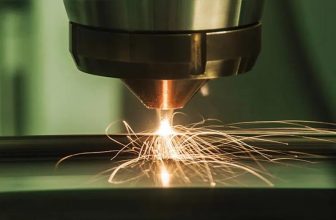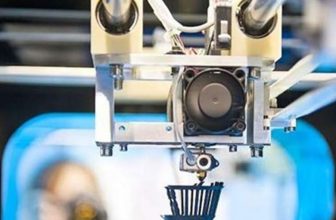
As a widely used traditional material, ceramics are exquisite and durable. However, their hard and brittle characteristics make the road to 3D printing of ceramic materials more difficult. However, once the application is mature, the benefits it brings are very large. Because the traditional ceramic preparation process can only produce simple three-dimensional products, and the cost is high and the cycle is long. The development of ceramic 3D printing technology has made it possible to prepare complex ceramic products. The advantages of 3D printing technology such as simple operation, fast speed, and high precision have injected new vitality into ceramics.
Materials and applications
Ceramic materials have excellent characteristics such as high strength, high hardness, high temperature resistance, low density, good chemical stability, and corrosion resistance. It is one of the three solid materials. At present, the ceramics prepared by 3D printing mainly include alumina ceramics, zirconia ceramics, and calcium phosphate ceramics.
A wide range of ceramic materials
Ceramic 3D printing can prepare multi-functional ceramics with complex structures and high precision. It will be widely used in construction, industry, medicine, aerospace and other fields. It has good applications in ceramic cores, orthopedic substitutes, and catalytic converters. The application prospects will bring huge changes to our lives.
Ingredients
According to the forming technology and final performance requirements, select appropriate raw materials, generally including ceramic powder, binder, and additives, and mix them evenly in a certain proportion.
The forms of ceramic materials used for 3D printing include:
- The mixture of slurry, ceramic components and other solvents and additives is formed by physical and chemical methods;
- Ceramic wire, used for fusion stacking process;
- Ceramic powder, a mixture of ceramic powder, mineral compounds, binders, etc., used for laser sintering, bonding, etc.;
- Ceramic flakes are pressed to form and bond.
Ceramic 3D printing technology has broad application prospects and huge market potential, so it is also a very popular research direction nowadays. As far as 3D printing technology is concerned, the research of materials will be the biggest difficulty, and the next step will continue to be the focus of research and development. Industrial applications will gradually land as the technology matures.
This article is reproduced from: https://3d-printing-china.com/analysis-of-3d-printing-ceramic-materials/





